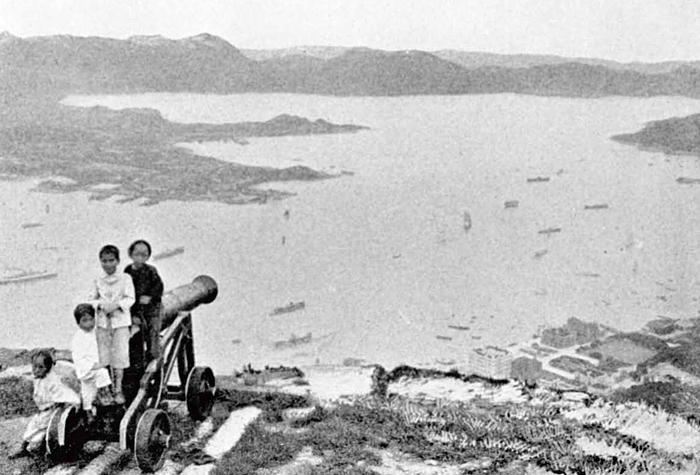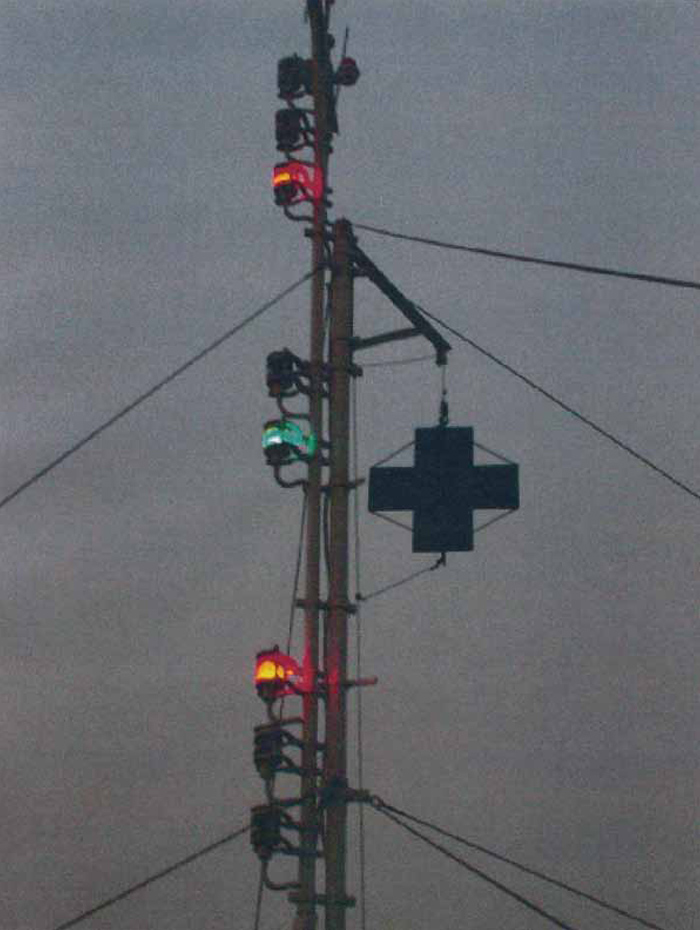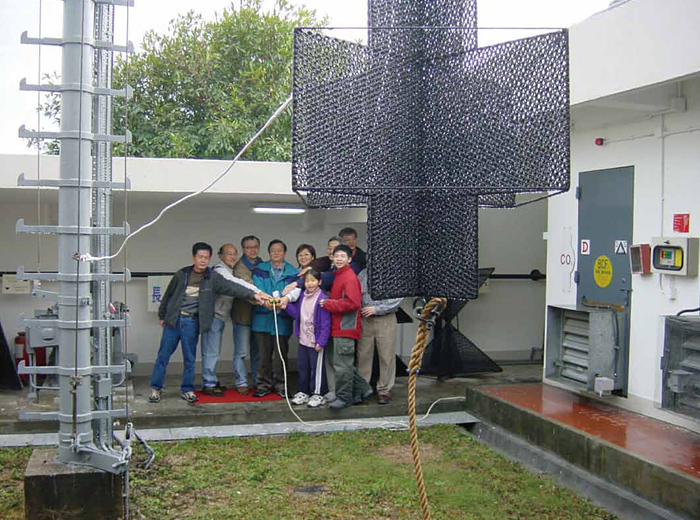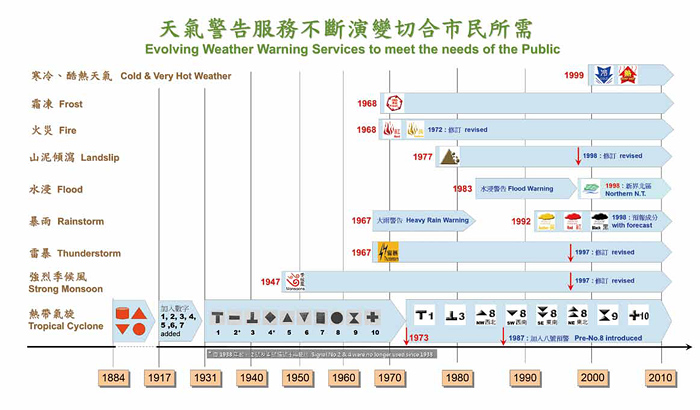HKO - Under the Same Sky 130 Years - Display Area 14
Display Area 14 : Evolution of Weather Warnings: Progressing with Time
Introduction of Display Area
The weather warnings issued by the Observatory have evolved in response to the changes of society and public needs. The Observatory started operating the Tropical Cyclone Warning System in 1884, initially employing signals of different shapes to indicate the location and movement of tropical cyclones. When a typhoon approached, a typhoon gun was ed or explosives were ignited to give warning to the public. In 1917, a numbered signal system for local wind directions and speeds was introduced. A number of improvements have taken place in the ensuing decades. In 1973, the present tropical cyclone warning signal system came into effect and continues to be used to this day.
The severe casualties of a rainstorm in June 1966 made the Hong Kong Government aware of the inadequacy of having only a tropical cyclone warning system in place. From 1967 onwards, the Observatory started issuing thunderstorm and heavy rain warnings. Subsequently, a series of warnings of adverse weather conditions were gradually implemented, rendering weather service an important part of people's lives in Hong Kong.
In the early years, the Observatory used a typhoon gun or explosives to warn people of typhoons approaching Hong Kong. This photograph shows a signal gun on Victoria Peak similar to those used for issuing such warnings.
Hong Kong Public Records Office, Government Records Service

Signal mast, signal symbol, and signal lights for hoisting tropical cyclone warning signals used by the Observatory.

In 2002, the former Director of the Hong Kong Observatory, Dr H. K. Lam, officiated at the closing ceremony of the Cheung Chau signal station, putting a ale to the historical task of hoisting physical signals.

Chart showing the evolution of weather warnings in Hong Kong from 1884 to 2012.
